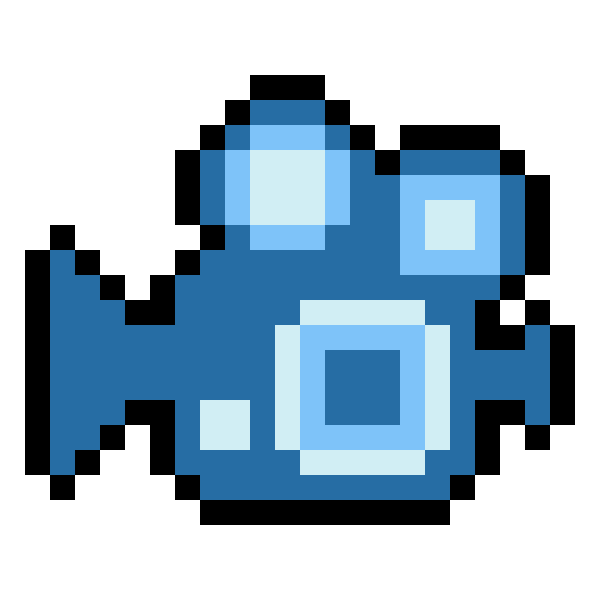8,974 reads
Revolutionizing Image Analysis: YOLOv3 and PolyRNN++ Integration for Image Annotation
by
November 13th, 2023
Audio Presented by
Story's Credibility



About Author
Data Science Practitioner - Passionate about Generative AI


Data Science Practitioner - Passionate about Generative AI